
Plastic and silicon are omnipresent in our daily lives, serving as key components in a myriad of products that we utilize regularly. From kitchenware to electronics, medical device…
Learn more
Silicone, a versatile and ubiquitous material, is celebrated for its durability, flexibility, and wide range of applications, from medical devices to kitchenware. However, as envir…
Learn more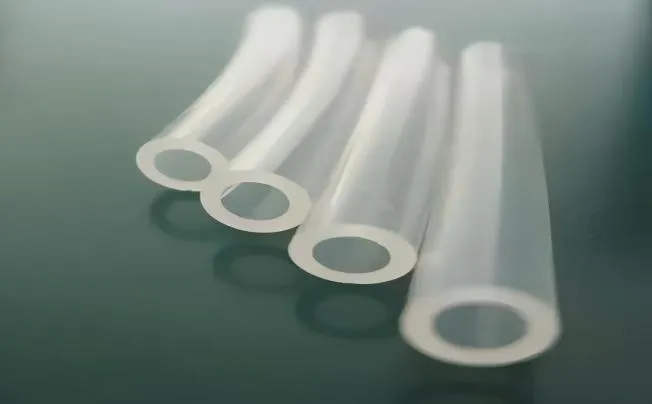
Silicone, a synthetic polymer with a unique chemical structure containing silicon, oxygen, carbon, and hydrogen atoms, has emerged as a marvel in the materials world.
Learn more
Silicon, with its atomic number 14 and chemical symbol Si, is a crucial element in the periodic table known for its unique properties. It is the second most abundant element on Ear…
Learn more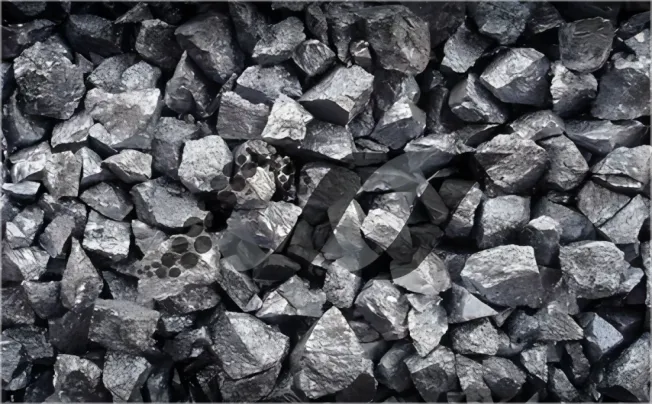
Silicon, the 14th element in the periodic table, is a versatile and abundant chemical element renowned for its unique properties. Known for its blue-grey metallic luster, silicon i…
Learn more
Silicon, with the atomic number 14 and the symbol Si on the periodic table, is a versatile chemical element that holds a pivotal place in the realm of material science. Originally …
Learn more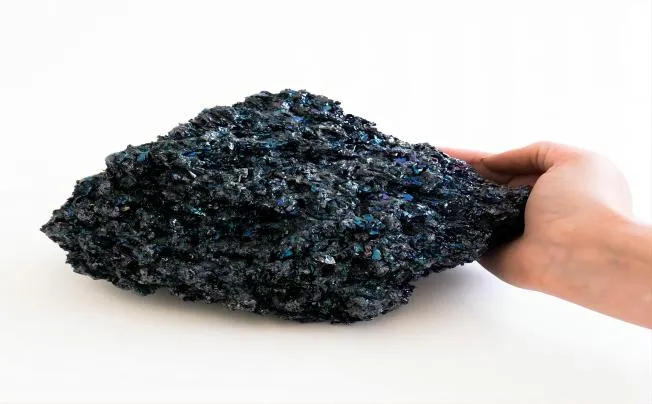
Silicon cookware has gained popularity in recent years for its non-stick properties, heat resistance, and durability. However, the safety of using silicon in cooking utensils has b…
Learn more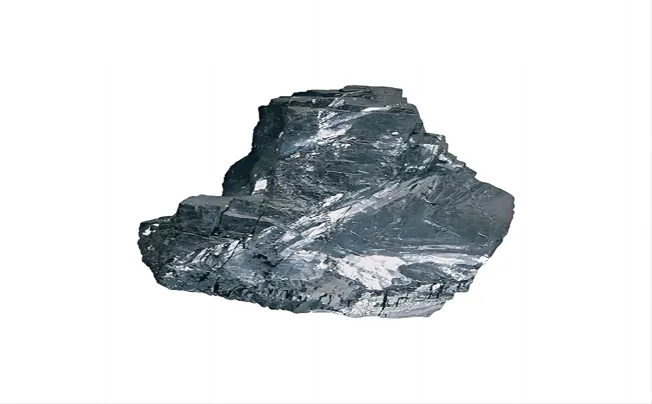
Specific gravity, also known as relative density, is a fundamental physical property that compares the density of a substance to the density of a reference material, usually water.…
Learn more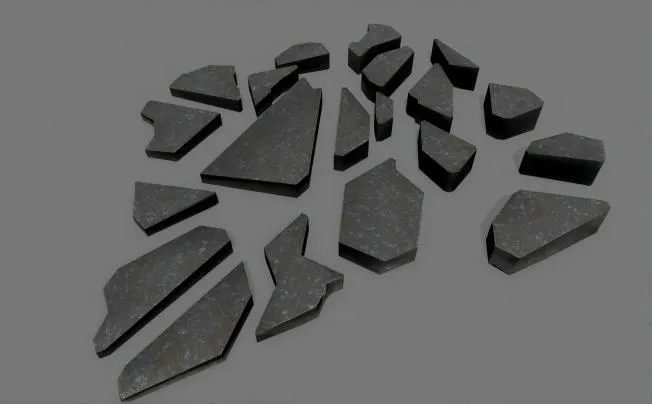
In simpler terms, specific gravity gives insight into the compactness and mass of a substance in relation to an equivalent volume of water. By understanding specific gravity, scien…
Learn more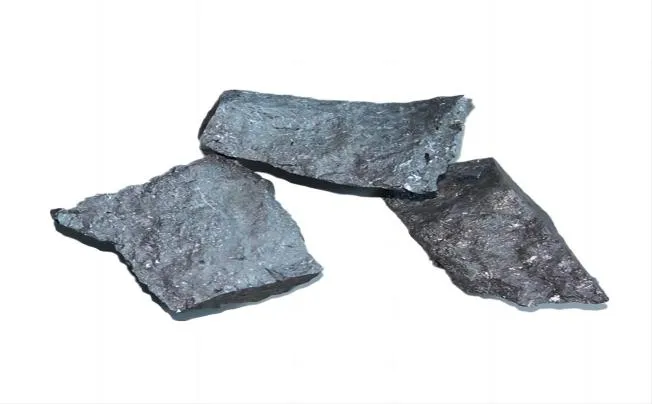
Specific gravity, also known as relative density, is a fundamental physical property that quantifies the density of a substance in relation to the density of a reference material, …
Learn more